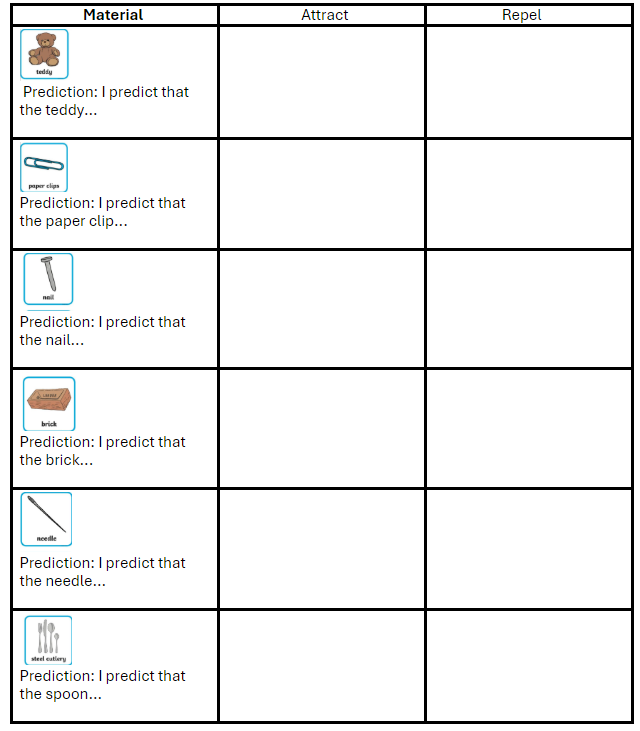Tuesday
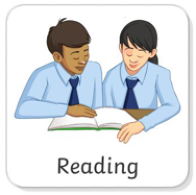
Reading
RIC

R - Who was the greatest soccer star who ever lived?
I - Why might Henry be racing across the field?
C - How many exclamation marks has the author used in the above paragraph? Why do you think they have used so many?
Tuesday 14th January 2025
LC: To retrieve and record information from a non-fiction text.
What does retrieve mean?
What does record mean?
This week we are going to read some non-fiction texts, find answers to questions and write them down.
Whole Class
We are going to read the below non-fiction text about bats and answer the questions as a class.
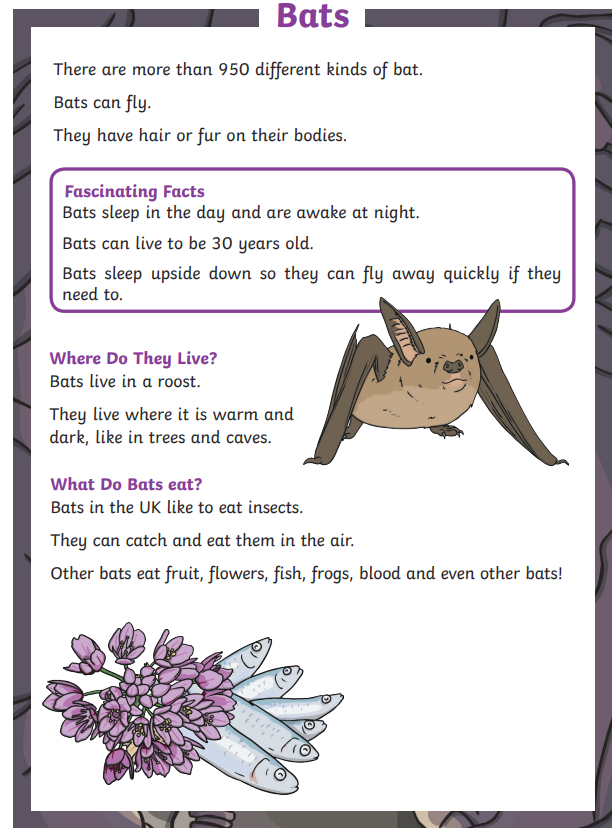
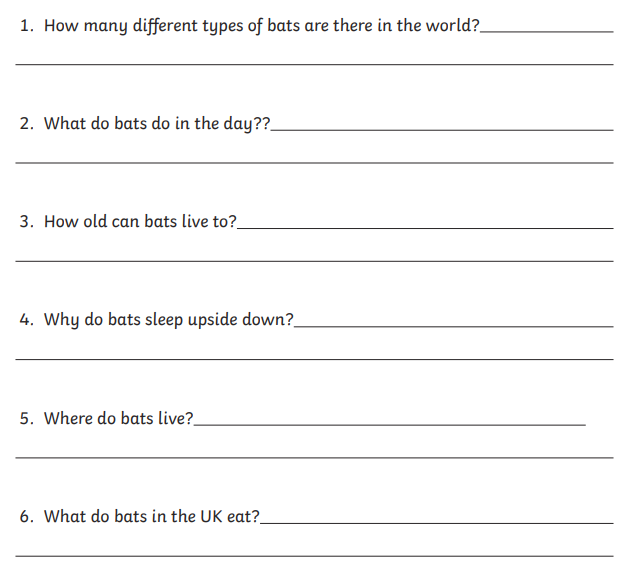
Activity
We are going to read the text below and then you are going to answer the questions on your worksheet.
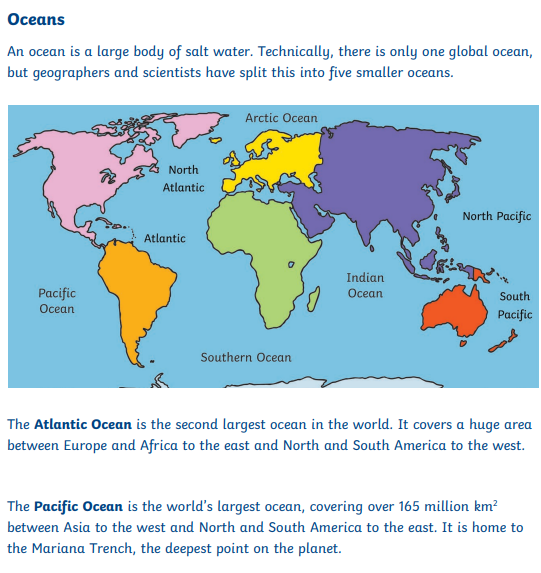
Questions
1. How many smaller oceans are there?
2. What is the second largest ocean in the world?
3. What is the world's largest ocean?
4. What is the Pacific Ocean home to?
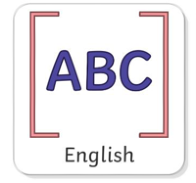
English
Grammar
Tuesday 14th January 2025
LC: To use the present perfect forms of verbs.
What is past tense?
What is present perfect tense?
Things to remember when writing in present perfect tense...
- Use 'have' when writing about I, you, they, we.
- Use 'has' when writing about he, she, it.
Activity
The sentences below have a missing word. You need to add 'have', 'had' or 'has' to make the sentence present perfect.
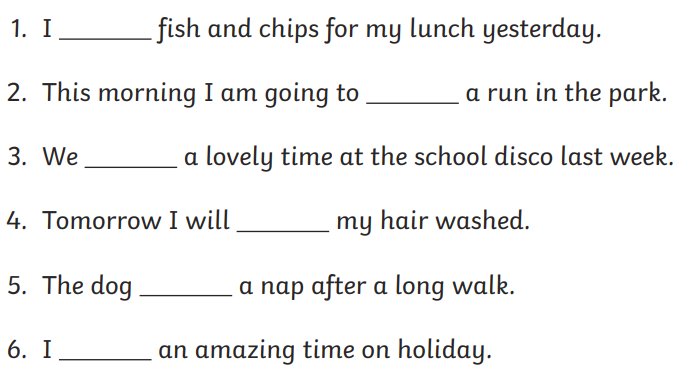
Main
Tuesday 14th January 2025
LC: To orally rehearse the life cycle of a flowering plant.
Who can remember the life cycle of a flowering plant?
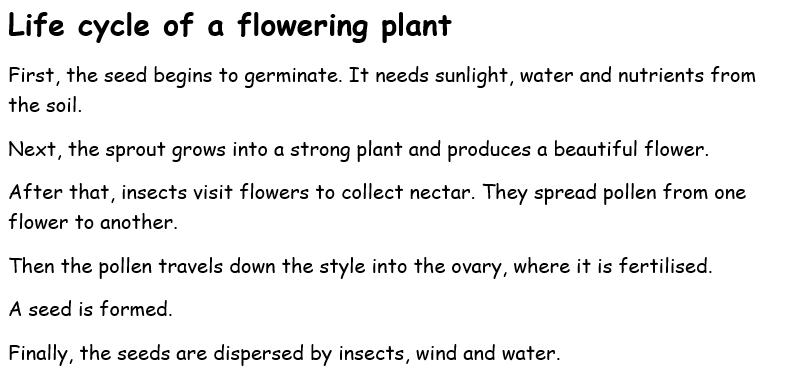
Why are we writing an explanation about the life cycle of a flowering plant?
Activity
1. You will be put into groups of 4 or 5.
2. Each group will have a different card to read. Each card explains one stage of the flowering plant lifecycle.
3. In your group, create a role play or drama representation of your stage to present to the class!
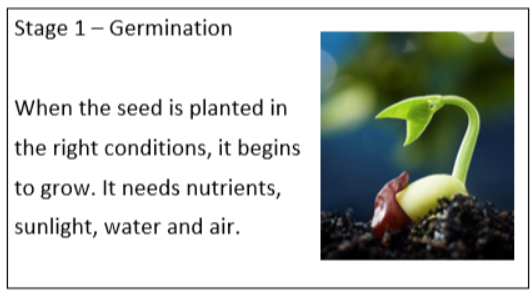
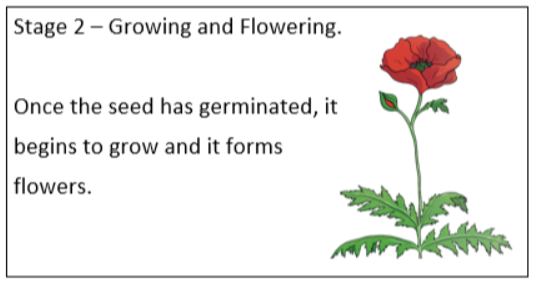
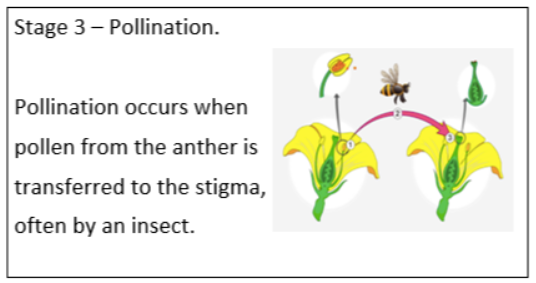
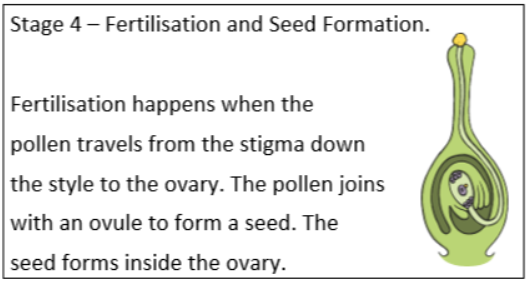
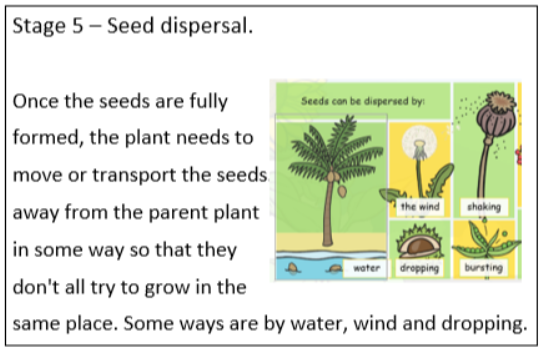
Let's ask ‘how’ and ‘why’ questions about the lifecycle – e.g. how does the pollen transfer from plant to plant?
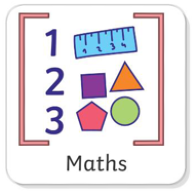
Maths
Tuesday 14th January
LC: To solve word problems.
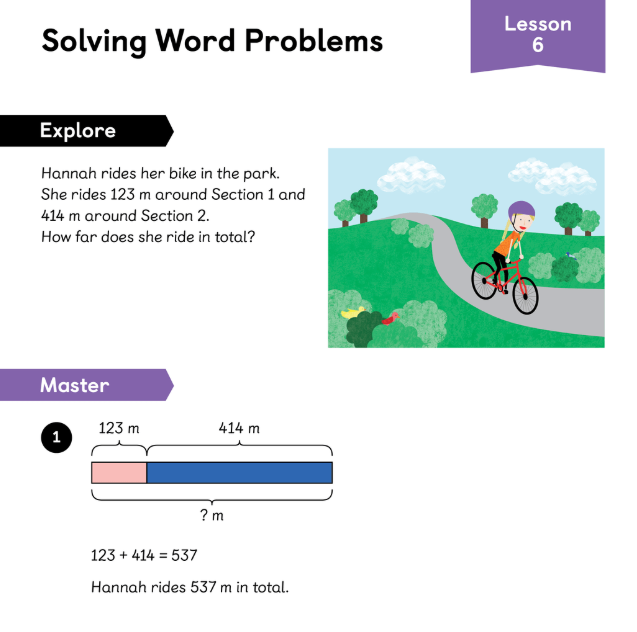
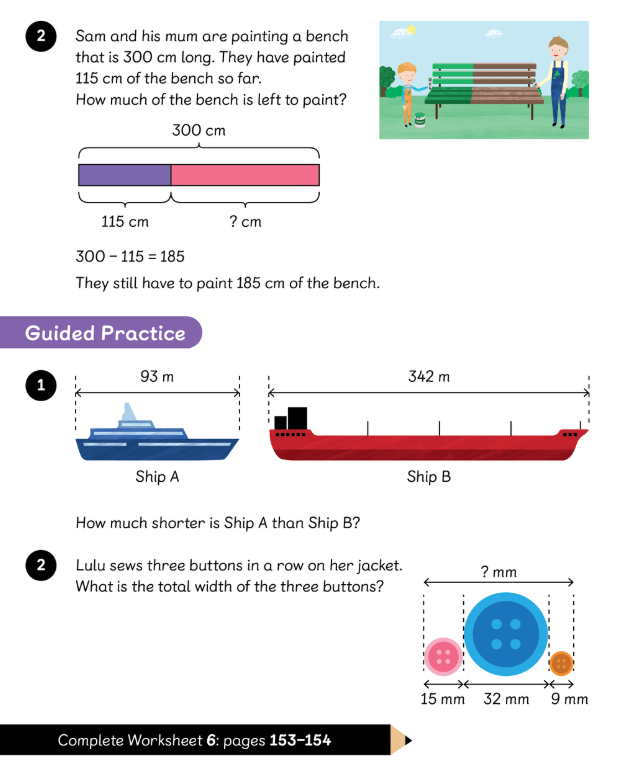
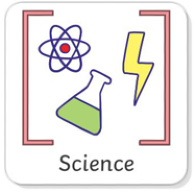
Science
Tuesday 14th January
LC: To explain what ‘attract’ and ‘repel’ means and make predictions whether a magnet will attract or repel a variety of objects giving reasons.
Think back to last weeks lesson. What happened to the paper clip when the cubed bridge was put over it?
What was the force that was causing the paper clip to move up? Was it a push or pull force?
There are special scientific terms for these forces, they are 'attract' and 'repel'.
If something is attracted to something it wants to be closer, like how bees are attracted to flowers!
If something repels something, it does not want to be close!
Attract and Repel are antonyms.
Let's take hold of some magnets. You will notice that the ends are red/blue and have the letters 'N' and 'S'.
'N' means North pole and 'S' means South pole.
What do you notice when you put the 'N' and the 'N', or the 'S' and the 'S' together?
What do you notice when you put the 'N' and the 'S' or the 'S' and the 'N' together?
Let's answer these together:
1. When the same magnetic poles are brought together they will push away. (Repel / Attract)
2. When opposite magnetic poles are brought together, they will pull together. (Repel / Attract)
Can you complete these sentences in your Science books:
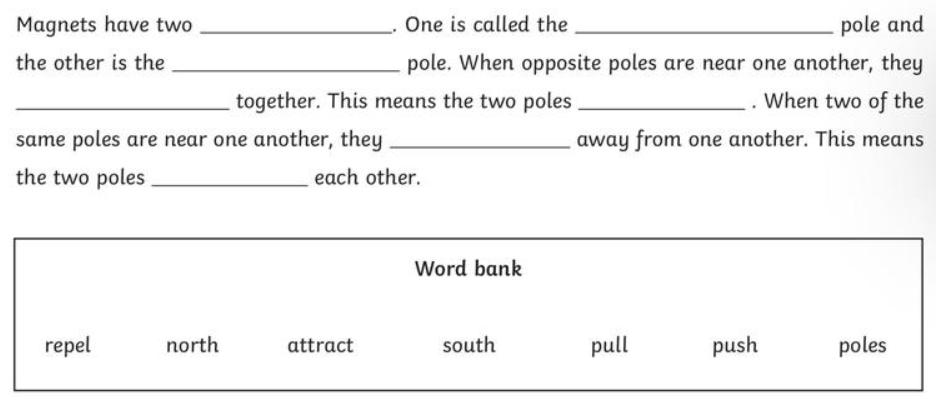
Let's Experiment!
Your teacher will give you some objects.
Can you predict if the magnet will attract or repel your objects?
For Example: I predict that the magnet will (attract/repel) the teddy bear because...
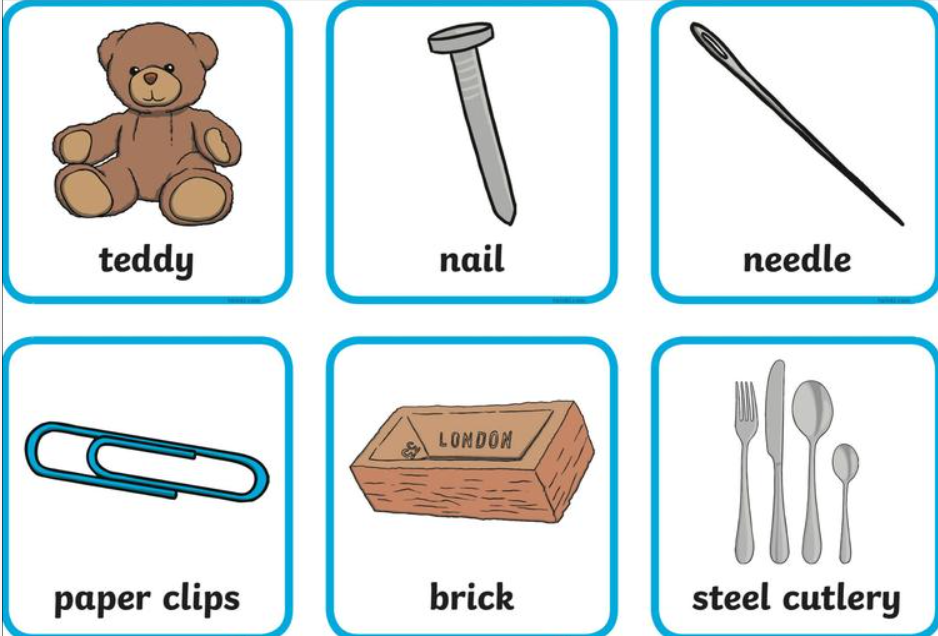
Now use your magnets and test your objects.
In your books, record what happened.
